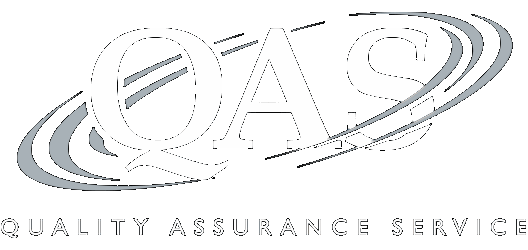Schedule K-1 Disclosures for Pass-Through Entities: At-Risk, Basis, and Passive Activity Schedules
Sec. 163(j), QBI, 704(c), and Tax Basis Capital Reporting Requirements
Note: CLE credit is not offered on this program
Recording of a 110-minute CPE webinar with Q&A
This webinar will discuss the latest IRS requirements for disclosing information to partners and shareholders on Schedule K-1. Our panel of tax experts will explain how to present attachments clearly and concisely for shareholders and partners of flow-through entities. They will provide examples and practical tips for tax practitioners and businesses struggling with the additional mandatory disclosures on Schedule K-1.
Outline
- Schedule K-1 changes: an overview
- Negative and tax basis capital reporting
- QBI
- 163(j)
- 704(c) gains and losses
- Passive losses
- Amounts at risk
- Disregarded entities
- Other required disclosures
- Partnership and S corporation disclosure differences
Benefits
The panel will discuss these and other critical issues:
- How to prepare supporting basis and at-risk schedules
- How to disclose QBI to shareholders and partners for presentation on their individual income tax returns
- Where, when, and how is 704(c) gain and loss information disclosed?
- What should be disclosed for aggregation and grouping elections?
Faculty

Mark Gallegos, CPA, MST
Partner
Porte Brown
Mr. Gallegos, CPA, MST, is a tax partner on Porte Brown’s accounting and consulting services team in... | Read More
Mr. Gallegos, CPA, MST, is a tax partner on Porte Brown’s accounting and consulting services team in the Elgin, Illinois, office. With over 20 years of experience, he has become a trusted advisor in the areas of taxation, specializing in mergers & acquisitions, international tax, and tax credits and incentives. Mr. Gallegos expertise is anchored in a deep understanding of complex tax legislation and the evolving regulatory landscape. He is a prolific speaker and writer, frequently hosting webinars and delivering presentations on tax legislation and related topics. Mr. Gallegos is a frequently sought-after public speaker, known for his insightful commentary and his deep understanding of our complex tax legislation. He has served as an expert contributor to global media outlets such as Wall Street Journal, CNN, USA Today, Washington Post, Bloomberg, FOX News, Tax Advisor, as well as many local news publications, industry podcasts, and news radio broadcasts.
Close
Brian T. Lovett, CPA, JD
Partner
Withum Smith+Brown
Mr. Lovett has extensive experience serving the tax needs of both public companies and closely-held businesses,... | Read More
Mr. Lovett has extensive experience serving the tax needs of both public companies and closely-held businesses, including all aspects of tax compliance for partnerships and corporations. He advises clients with regard to the structure and tax consequences of new business ventures, and assists with restructuring existing businesses for increased tax efficiency. Prior to joining his firm, he was with a “Big 4” accounting firm, working closely with large, multinational real estate investment companies.
Close
